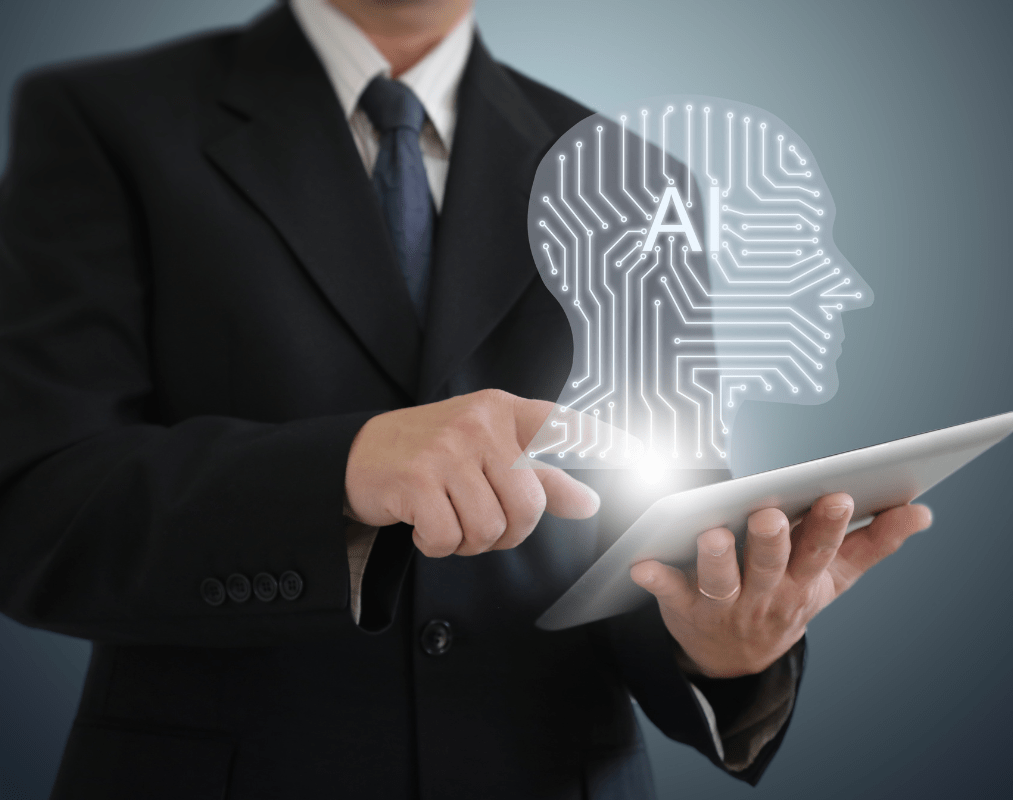AI and Leadership: The Essential Skills AI Can’t Replace

In a 2023 Wall Street Journal article, Henry Kissinger, Eric Schmidt, and Daniel Huttenlocher explored both the power and dangers of AI.
If you’re not familiar:
- Kissinger was a former U.S. Secretary of State.
- Schmidt was the CEO of Google.
- Huttenlocher is the dean of MIT’s computing program.
These are smart, insightful people—not the type to be “spooked” by technology.
One observation from the article stood out: They asked ChatGPT to provide six references to Henry Kissinger’s thoughts on technology.
ChatGPT immediately produced all six references. Except—five were completely made up. The sixth was real, but the citation was incorrect.
AI and Leadership: Why Machines Can’t Lead
Since then, AI has improved dramatically. I personally use ChatGPT and Perplexity for research, analytical assistance, editing, and brainstorming. These tools are helpful, and when used correctly, they can save a lot of time.
But here’s the challenge:
- AI is good at finding, analyzing, and manipulating information.
- AI is not good at assessing value, verifying accuracy, or determining how to apply information. (Although it will still confidently try if you ask it.)
Most importantly, AI lacks key leadership skills. While AI will likely be trained to mimic leadership, there are things it can’t do—and never will. Such as:
- Regulate your emotions for you.
- Navigate ethical dilemmas.
- Intuitively manage complex and ambiguous situations.
- Inspire and encourage others.
AI can help you lead. But it can’t lead for you. This is the defining difference in AI and leadership—technology is a tool, but leadership is a human skill.
The Leadership Skills AI Can’t Replace
Emotional Regulation
Many leadership mistakes happen when emotions dictate decisions rather than deliberate thought.
High-pressure situations, conflicts, uncertainty, holding people accountable, and giving or receiving feedback all require emotional self-regulation.
Leaders who master this make better decisions—even under pressure.
Developing emotional regulation involves:
- Practicing objectivity and self-awareness
- Receiving outside support from mentors, peers, or coaches
- Simulating high-stress scenarios through role-playing
- Reflecting on past emotional responses and their impact
AI and leadership intersect in many ways, but one thing remains clear: leaders who develop emotional intelligence will always outperform machines in people management.
Critical Thinking
AI can process data, but it can’t replace human judgment. The best leaders don’t just absorb information—they question it, analyze it, and apply it wisely.
Strong critical thinkers:
- Create strategic frameworks for decision-making
- Verify if information is current and accurate
- Solve ambiguous problems by breaking them down logically
- Encourage debate and disagreement to refine ideas
AI and leadership rely on data, but true leadership demands insight, wisdom, and the ability to make sound decisions in unpredictable situations.
Ethics and Morality
AI runs on algorithms; leaders operate on values.
Ethical leadership matters most when:
- Decisions aren’t black and white
- Multiple stakeholders are affected
- Culture, fairness, and integrity are on the line
To strengthen ethical decision-making:
- Study moral frameworks and ethical reasoning
- Clarify personal values and align them with actions
- Seek mentorship from respected ethical leaders
- Analyze case studies and practice scenario-based learning
The relationship between AI and leadership is evolving, but ethics remains a purely human responsibility. AI can suggest actions, but only humans can determine what is right.
Creating Value
AI can optimize processes, but it doesn’t determine what’s meaningful.
The best leaders don’t just recognize value—they create it.
How leaders create value:
- Identify needs, desires, and opportunities—especially of others
- Develop solutions that address those needs
- Create systems and “recipes” so solutions can be taught and scaled
- Seek feedback and improve solutions continuously
- Invest in people and relationships—the foundation of great leadership
AI and leadership work together to drive efficiency, but only leaders can create true meaning and purpose within organizations.
Conclusion
Focus on these innately human abilities.
The more you work with AI, the more you’ll realize AI is only useful when it is led well—with clearly articulated questions, parameters, and expectations.
In short, AI and leadership go hand in hand, but only humans can truly lead. The best leaders will be those who refine their emotional intelligence, decision-making, and ability to create value in an AI-driven world.
Take good care,
Christian
Categories
Get Christian’s Newest Book: Train to Lead

Download my free 10-page eBook:
How To Accomplish More Without Doing More:
Eight Proven Strategies To Change Your Life
Discover how to save eight hours during your workweek-even if you're too busy to even think about it. The resource every maxed out executive needs.